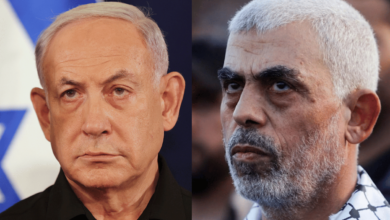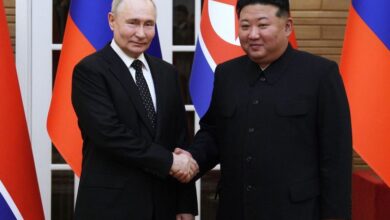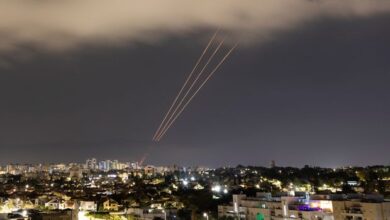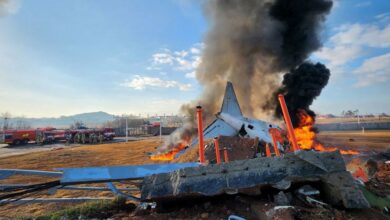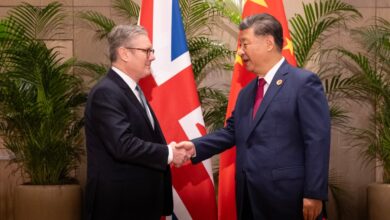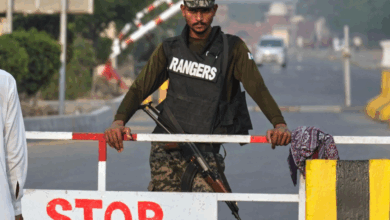Who Is Robert Prevost? What to Know About the First American Pope, Leo XIV
(WE) — In a historic moment for the global Catholic Church, Cardinal Robert Francis Prevost, a native of the United States, became the 268th pope after the College of Cardinals concluded two days of deliberations in the Sistine Chapel. The 69-year-old previously served as Bishop of Chiclayo in Peru and later led the Dicastery for Bishops in the Vatican, and he now assumes the papal name Pope Leo XIV.
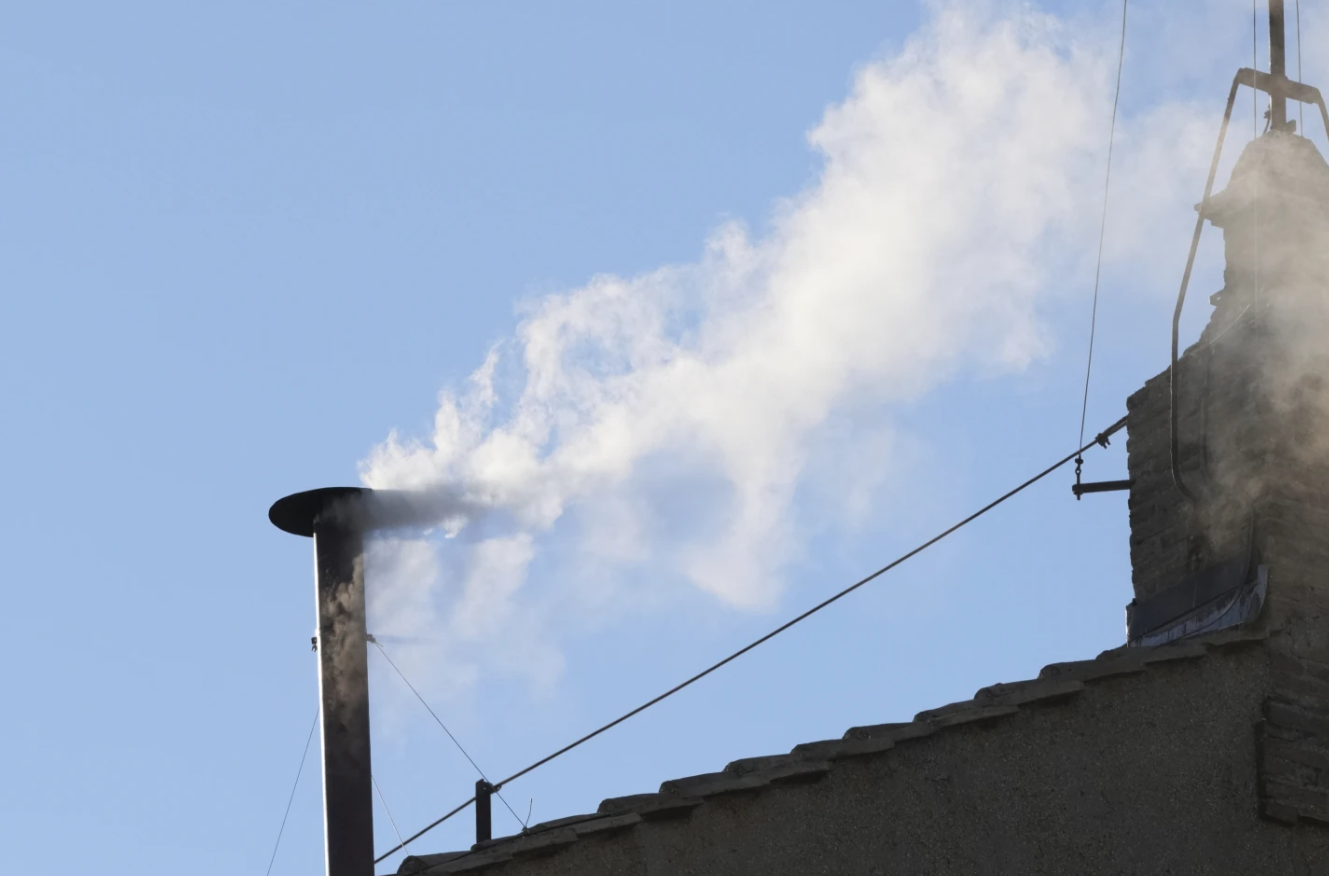
White smoke rose from the Sistine Chapel on Thursday afternoon, signaling that the College of Cardinals had reached the required two-thirds majority to elect the new leader of the Roman Catholic Church. The Vatican confirmed the decision shortly afterward, honoring the Church’s centuries-old tradition.
How Was Pope Leo XIV Elected?
The papal election, or conclave, is the centuries-old process by which eligible cardinals—those under the age of 80—gather to elect a new pope after the previous pontiff’s death or resignation. The 2025 conclave convened after the death of Pope Francis, who passed away in April.
Cardinals from across the globe assembled in Rome to vote. After five ballots over two days, the College of Cardinals reached a consensus on the new pope. The world learned of the decision when smoke emerged from the Sistine Chapel chimney—an iconic Vatican ritual signaling a successful election.
This conclave was particularly notable for its diversity. Cardinals hailed from areas previously underrepresented in the hierarchy, including Myanmar (Burma), Togo, and Cape Verde. This global breadth reflects the increasingly international nature of Catholicism.
Who Is Robert Prevost?
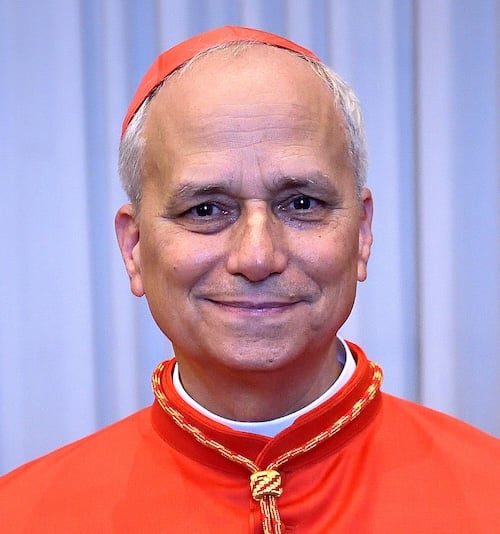
Robert Francis Prevost was born on September 14, 1955, in Chicago, Illinois, and raised in the south suburbs. He was an active member of St. Mary of the Assumption Parish, near Dolton, Illinois, and pursued his religious vocation early.
He joined the Order of St. Augustine and was ordained in 1982. Prevost later earned a doctorate in canon law at the Pontifical University of St. Thomas Aquinas. His career took a significant turn when he moved to Peru in 1985, where he served for two decades in both pastoral and leadership capacities.
In 2015, he became the Bishop of Chiclayo, a position he held until 2023. That year, Pope Francis appointed him prefect of the Dicastery for Bishops—an influential Vatican office responsible for the appointment of bishops worldwide.
Why Was He Considered Papabile?
Prevost’s reputation as a thoughtful and pragmatic leader made him a compelling candidate for the papacy. Many considered him someone capable of uniting opposing factions within the Catholic Church, particularly as divisions widened among the clergy. His election represents a compromise between the more progressive camp, aligned with Pope Francis, and conservative elements who long for a return to traditional doctrine.
Prevost’s ability to bridge these divides played a significant role in his rise as a papabile. He demonstrated strong leadership in his previous roles, including his tenure as Bishop of Chiclayo and his work as prefect of the Dicastery for Bishops, where he managed episcopal appointments worldwide. His pragmatic approach to both pastoral care and administration earned him the trust of cardinals across the global Church.
Prevost’s candidacy also benefited from his deep experience in Latin America, particularly his work with Venezuelan migrants in Peru, where he gained recognition for his advocacy on behalf of vulnerable populations. These experiences allowed him to appeal to cardinals from diverse regions, showcasing his ability to lead the Church through complex challenges.
According to Rev. Michele Falcone, a fellow member of the Order of St. Augustine, Prevost represents “the dignified middle of the road.”
“His experience in Latin America, combined with his service in Rome, makes him a pope who understands both the peripheries and the center,” said Daniel Rober, Chair of Catholic Studies at Sacred Heart University.
Read More:
- India-Pakistan Tensions Soar as Cross-Border Strikes Rock Kashmir Region
- Indian Military Launches Strikes in Pakistan and Pakistan-Administered Kashmir Amid Escalating Tensions
- Putin Accuses West of Nuclear Provocation in Ukraine Conflict: “They Wanted to Make Us Make Mistakes”
Why the Name Leo XIV?
Upon his election, Prevost chose the name Leo XIV, evoking the legacy of Pope Leo XIII, who served from 1878 to 1903. Leo XIII was widely respected for his commitment to social justice and was the first pope to actively engage with modern labor issues, especially in his encyclical Rerum Novarum.
The name choice signals an intention to carry forward a papacy rooted in both tradition and engagement with contemporary global challenges.
What Has Pope Leo XIV Said About LGBT Issues?
Pope Leo XIV appears more conservative than Pope Francis on LGBT matters. According to a 2012 speech documented by The New York Times, Prevost criticized cultural trends that he felt were “at odds with the gospel.” He made specific reference to the “homosexual lifestyle” and “alternative families” comprising same-sex parents and adopted children.
Though he has not taken public stances on LGBT issues since becoming pope, many observers believe his theological orientation suggests a return to traditional Catholic teaching, even as he remains personally pastoral.
How Has He Engaged with Migration and Poverty?
Prevost is deeply familiar with issues surrounding poverty and migration. During his years in Peru, he worked closely with Venezuelan migrants, setting up housing, food programs, and legal assistance for those fleeing political and economic instability.
“He lived with the people. He understood their struggles,” said Carlos Díaz, a social worker in Chiclayo. “His commitment was not abstract—it was real.”
As pope, Leo XIV is expected to emphasize outreach to migrants and people with low-income. His experiences could influence Church responses to crises in Gaza, Ukraine, and the Horn of Africa.
What Are the Concerns About His Past?
Pope Leo XIV’s record is not without controversy. A 2023 investigation by The Pillar reported that while in Chicago, Prevost approved housing for a priest accused of sexual abuse. Critics have questioned whether he fully understood the implications of his decision.
Since his appointment as head of the Dicastery for Bishops, Prevost has not commented publicly on the matter. However, his supporters argue that he is committed to transparency and that he handled cases according to the information available at the time.
“It’s not just about looking back,” said Mary Hallan FioRito, a fellow at The Catholic Association. “It’s about how he leads the Church forward in a spirit of integrity.”
What Are His Priorities as Pope?
In the coming weeks, Pope Leo XIV will deliver his Urbi et Orbi blessing and celebrate a public inauguration Mass at St. Peter’s Basilica. He will also begin restructuring the Roman Curia, signaling key priorities.
Speculation surrounds his first international visit, with many suggesting it could be to Peru, Mexico, or a country in Sub-Saharan Africa, where the Catholic Church is expanding rapidly.
How Has the World Reacted?
Global leaders have welcomed Pope Leo XIV’s election.
U.S. President Joe Biden, a Catholic, congratulated the new pope, stating that his election “marks a milestone not only for the Church but also for all Americans of faith.”
António Guterres, Secretary-General of the United Nations, expressed optimism, saying, “The world is in need of moral leadership rooted in peace, justice, and human dignity. I hope Pope Leo XIV will be a force for unity.”
Catholic leaders in Asia and Africa praised the conclave’s inclusiveness. Cardinal Dieudonné Nzapalainga of the Central African Republic said, “The new pope’s understanding of the periphery is a gift to all of us.”
What’s Next for the Catholic Church?
The election of the first American pope comes at a pivotal time for the Catholic Church. It faces numerous challenges, including:
- Declining church attendance in Europe and North America.
- Clergy abuse scandals and demands for transparency.
- Global migration and rising inequality.
- Calls for inclusion from marginalized communities.
- Religious persecution in parts of Asia and the Middle East.
Pope Leo XIV will be expected to address all of these while preserving doctrinal unity and spiritual clarity.
A Papacy of Promise and Challenge
As the world digests the significance of this election, one thing is clear: Pope Leo XIV begins his papacy at a critical juncture. He brings to the role a combination of academic rigor, pastoral compassion, and global perspective.
From a parish in suburban Chicago to the throne of St. Peter, Robert Prevost’s journey is both improbable and deeply symbolic of the evolving nature of the Church. His leadership will shape Catholicism in the 21st century—and perhaps redefine what it means to be a global spiritual leader.
